Moving Write Along – Advice from the Experts: Creating Ongoing Characters in Plays
by Murray Mednick, DaddyO Dies Well
The first character I tried to follow—though a series of plays—was Coyote, in The Coyote Cycle. The Spirit of Coyote was congenial with mine—a kind of deadpan, slightly idiotic, poetic, jokey spiritual type—Indian, for sure—but it was also the technical demands of having to make these more or less esoteric stories or anecdotes into theatrical artistic works, performed outside. That was fun, making waterfalls, and people coming out of the sky, and out of the ground. And there was a linchpin in the duality and endless conflict between he and Trickster, the ornery old goat who knows all of Coyotes’s mindless tricks. The secret, writing-wise, is the vaudevillian by-play between these two entities—vaudevillian in the sense that they know they’re in front of an audience (who is shivering in the open air). At least that’s the way it was for me: I could write my own language and at the same time be true to the Indian legends and stories of Coyote/Trickster, and I had the advantage of Time, as I knew, fairly early on that I wanted the Coyote Cycle to go from twilight to dusk. There was a built in beginning, middle, and end, and the fact that Nature itself was our guide, which seemed extremely fortuitous and serendipitous. And I had the actors, Norbert Weisser, Darell Larson, Chirstina Avila and Priscilla Cohen, who knew what I was talking about and who were game in trying to succeed in pulling it off. We were following an idea and a process, and trying to be true to the ancient Indian material, which, miraculously, matched my own turn of mind as a theatre person.
With Gary Bean, in The Gary Plays, a similar process occurred in the sense of another American Myth, i.e., the Guy to Whom Misfortune Falls, more or less by accident (his son is shot in Griffith Park), which sets in motion a series of events—mainly theatrical in nature—performed knowingly in front of an audience (I think a signature quality of my work). Of course, things keep happening to Gary, as they do to you and me, but in my plays they are more lingustic, let’s say, than dramatic. I mean by that, that the language evokes and is evocative of, a hidden sense of the movement of time and, I would say, Fate, or at least the concept of Fate.
The challenge, of course, is to keep it interesting for an audience, but, more to the point, interesting to me, the writer, in that the theatrical events had to be engaging in themselves in order to arouse my own, chiefly technical, interests. That came down to several (mainly technical) preoccupations of mine: the Chorus, the use of theatrical space, and my own wish, as an artist, to learn something from the (my own) experiences of life. In the eight plays of the Gary Plays, eight different uses are made of the chorus, and I’m not sure I can articulate what they are, but here goes: Authorial, i.e. my voice, as a poet; historical or explanatory, in the Greek sense; as lamentation, also in the Greek sense; narrators, as well as available actors to fill in roles; as alternative, commenting voices, and, most importantly, as a kind of Authority, authority in the sense of the primacy of language, and of the poetic tradition of Theatre.
Of course, the advantage of ongoing characters in a series is both intimacy (getting to know them) and identification (getting to feel them as kin to you, etc.), there is the ongoing challenge of keeping them interesting to a force outside of your own literary evolution—the audience, history, etc., which nobody cares about … but you. But it is the literary evolution of your own mind that is at stake, after all, if given, fortuitously, the opportunity to experiment on the stage in front of an audience, to see, as we say, “if it works.” So the jury is out. “The Gary Plays” have been a massive experiment, a theatrical/literary throw of the dice (as Mallarme put it), and I just don’t know for sure what would be the proper aesthetic measurement of it, but it’s certainly been a challenge personally and an even bigger challenge to bring them to the public, although, I must say, I feel a great appreciation, an obligation, and a hope that at least these plays will merit a glance to the great Greek ones of the past, The Orestaia being a prime example.
Finally, each play in both The Coyote Cycle and The Gary Plays, though linked thematically, by the characters, and by certain incidents, are meant to be able to stand alone, and work as individual plays.
* * *
DaddyO Dies Well is the 5th of the Gary Plays (all are written), and opens April 2nd at the Electric Lodge in Venice, California.
* * *
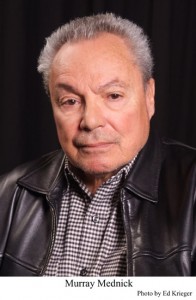 Murray Mednick, a pioneer of the Off and Off-Off Broadway movements in the ‘60s and ‘70s and playwright-in-residence for Theater Genesis, wrote such ground-breaking works as The Hawk, The Hunter, Sand, Are You Lookin’ and The Deer Kill (1970 OBIE Award for Outstanding Play), and was the founder/artistic director of the Padua Hills Playwrights Workshop/Festival in Los Angeles from 1978 to 1995. He is the recipient of two Rockefeller Foundation grants and a Guggenheim Fellowship, an American Theatre Critics Association Best New Play citation (for Joe and Betty), a Career Achievement Award from the LA Weekly, an Ovation Lifetime Achievement Award for Outstanding Contributions to Los Angeles Theater from the L.A. Stage Alliance, a Local Hero Award from Back Stage West, and the Los Angeles Drama Critics Circle’s Margaret Harford Award for Sustained Excellence in Theater. The Los Angeles productions of Joe and Betty and Mrs. Feuerstein went on to successful New York runs.
Murray Mednick, a pioneer of the Off and Off-Off Broadway movements in the ‘60s and ‘70s and playwright-in-residence for Theater Genesis, wrote such ground-breaking works as The Hawk, The Hunter, Sand, Are You Lookin’ and The Deer Kill (1970 OBIE Award for Outstanding Play), and was the founder/artistic director of the Padua Hills Playwrights Workshop/Festival in Los Angeles from 1978 to 1995. He is the recipient of two Rockefeller Foundation grants and a Guggenheim Fellowship, an American Theatre Critics Association Best New Play citation (for Joe and Betty), a Career Achievement Award from the LA Weekly, an Ovation Lifetime Achievement Award for Outstanding Contributions to Los Angeles Theater from the L.A. Stage Alliance, a Local Hero Award from Back Stage West, and the Los Angeles Drama Critics Circle’s Margaret Harford Award for Sustained Excellence in Theater. The Los Angeles productions of Joe and Betty and Mrs. Feuerstein went on to successful New York runs.

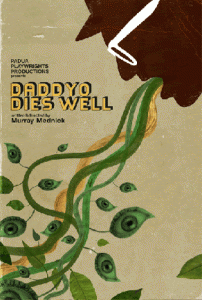

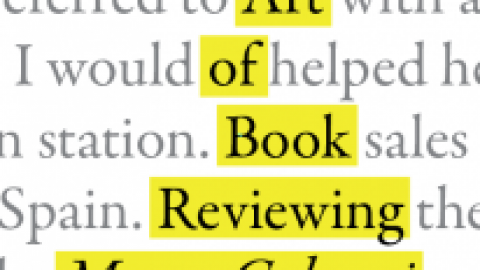

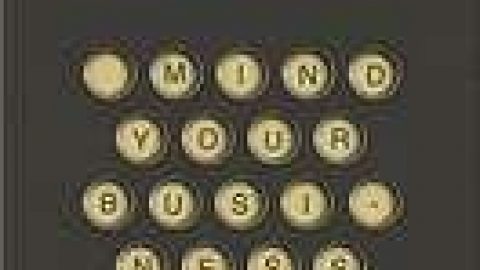


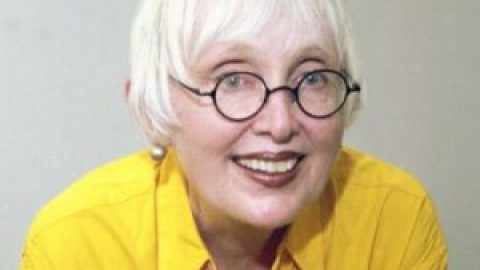


Comments are closed.
Very interesting. I like the coyote character. Interesting playwright.